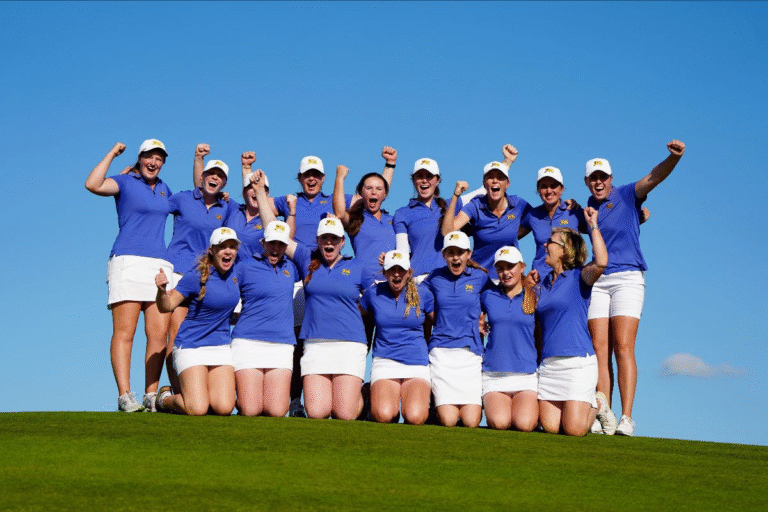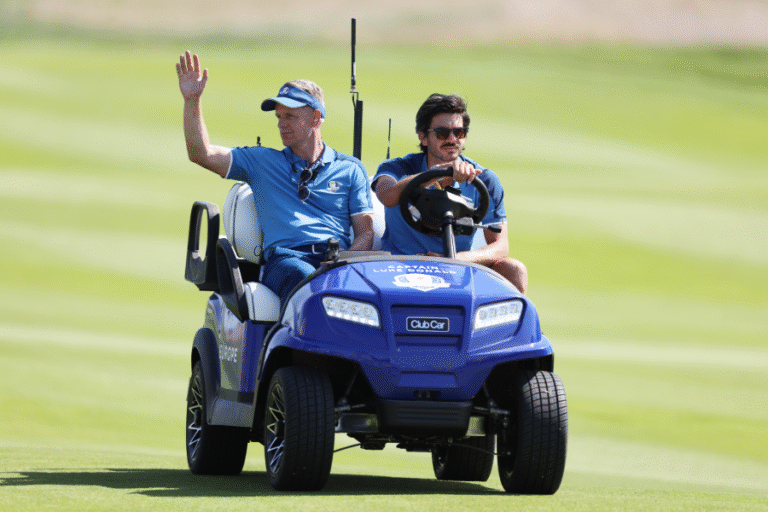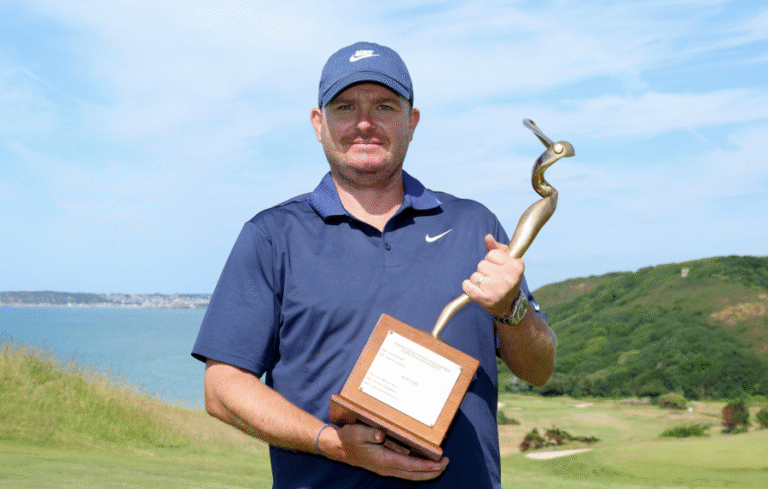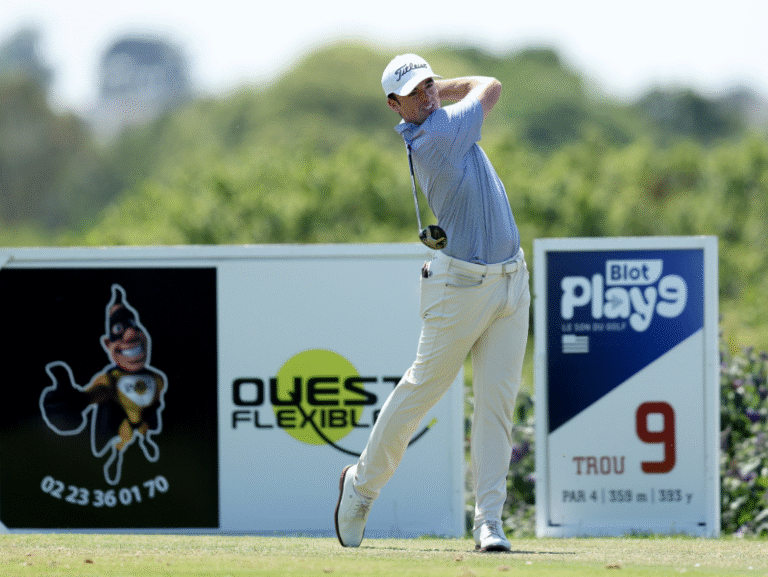A golfer in England died of cardiac arrest earlier this spring after he was struck by a bolt of lightning while clutching a golf club. A few weeks prior, a Minnesota golf course putting green was completely redesigned after a lightning bolt made a direct hit on a flag stick – the unlucky 13th hole no less.
These examples of lightning’s potential devastation should scare every golfer right off the course when thunder is heard. The flash-to-bang theory is a good rule of thumb to remember. According to the Emergency Medical Services Authority, this is the accepted method for estimating the distance of an approaching thunderstorm. The flash-to-bang theory measures the time from when you see lightning to the time you hear the associated thunder. A measure of five seconds from flash-to-bang means lightning is one mile away. Ten seconds equals two miles; 15 seconds equals three miles, etc. When the flash-to-bang count is 30 seconds or less, it’s time to seek safe shelter.
Lightning has struck during professional golf tournaments many times, most infamously at the 1975 Western Open. It was there that Lee Trevino, Jerry Heard and Bobby Nichols were struck by lightning, knocked unconscious. All suffered burns; Trevino and Heard, back injuries that required surgery.
At the 1991 U.S. Open, one spectator was killed and five others injured by a lightning strike.
Do not take lightning lightly! Always be aware of changing weather conditions and sky conditions on the golf course; be alert for thunder and for lightning. If you hear thunder, lightning is within striking distance.
FIRST STEP IN GOLF COURSE LIGHTNING SAFETY: AWARENESS
The first step in staying safe from lightning on the golf course is awareness of weather conditions and expected weather conditions during your round. If you know that thunderstorms are possible, then you know to watch out (and listen out) for trouble.
If bad weather is a possibility for arrival after your tee time, it also behooves you to ask in the pro shop about rain check policies, and also about lightning warning systems. Golf courses in areas of frequent thunderstorms may have policies and procedures (such as sirens) in place to warn golfers of approaching bad weather.
REMEMBER: THUNDER MEANS LIGHTNING IS NEARBY
Sports Atique Anam says all outdoors enthusiasts, including golfers, need to know the “30/30 Lightning Rule”:
“If thunderstorms develop, count the seconds between the flash of lightning and the bang of the thunder to estimate the distance between you and the lightning strike. Because sound travels at approximately 1 mile in 5 seconds, you can determine how far away the lightning is by using this ‘flash-to-bang’ method. It is recommended that you seek shelter if the time between the lightning flash and the rumble of thunder is 30 seconds or less (6 miles). Once inside shelter, you should not resume activities until 30 minutes after the last audible thunder.”
SEE LIGHTNING? GET OFF GOLF COURSE, SEEK SHELTER
No round of golf is worth risking your safety or the safety of your friends. If lightning is flashing, get off the golf course and get into a safe structure.
What is a safe structure? A large, enclosed building is the ideal. A fully enclosed metal vehicle can provide shelter, if you can’t reach a substantial building, and so long as you are not touching any of that metal. Small, on-course structures are not safe; golf cartsnot only provide no protection, but increase the danger.
DO’S AND DON’TS IF CAUGHT ON THE GOLF COURSE DURING LIGHTNING STORM
- If lightning strikes are flashing, high-tail it to the clubhouse or pro shop or your vehicle. Or, if there are designated lightning shelters on the golf course, try to get there. (Note: Open-sided buildings do not provide protection from lightning even if they have a lightning rod).
- If caught on the course and unable to get off, do not stand under tall trees or sit in a golf cart. Do not stand under a lone tree, even a small one.
- Do get away from the cart and away from your golf clubs.
- Stay away from water.
- If you have metal spikes, take them off.
- If stranded in the open, go to a low place such as a ravine or valley, or the lowest spot you can find.
“If a substantial building is not available, enclosed motor vehicles can provide shelter as long as patrons do not touch the metal framework during the thunderstorm (golf carts are not safe vehicles). No place outside is safe if lightning is in the vicinity. Partially enclosed shelters are not safe. If no safe shelter is available … stay away from the tallest objects (trees, light poles, flag poles), metal objects (fences or golf clubs), standing pools of water, and fields.”
” ‘Where is a safe place? How quickly can we get there?’ golfers should ask themselves. Go to large permanent buildings or get into a fully enclosed metal vehicle (car, van or pickup truck). Avoid trees since they ‘attract’ lightning. Avoid small, on-course shelters: they are intended only for sun and rain safety. Don’t wait around for the next strike, please.”
Lastly, though your chance of dying from a lightning strike is one in 600,000, there’s no need to tempt the gods. Safety is the first concern on a golf course. In fact, golf is the only sport that offers regulations related to lightning. The United States Golf Association Rule 6-8 allows players to discontinue play if they believe there is a danger from lightning. The USGA also makes available stickers and posters to inform players about lightning safety tips.















